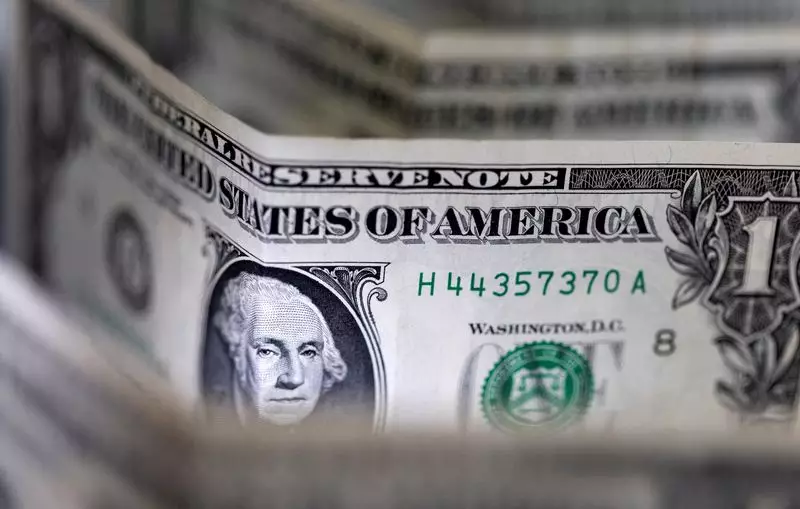The recent movements in the U.S. dollar and euro exchange rates have been closely watched by traders and investors alike. The Dollar Index, which tracks the greenback against a basket of six other currencies, has been showing increased volatility. While the dollar edged higher ahead of key retail sales data and speeches by Federal Reserve officials, it still remains below recent highs. On the other hand, the euro has stabilized after sharp losses following political turmoil in Europe.
The U.S. dollar has been influenced by a variety of factors in recent weeks. Traders are eagerly awaiting the release of retail sales data, as well as speeches by Federal Reserve officials, to gain insight into the timing and pace of interest rate cuts. The Federal Reserve’s decision to reduce the number of projected rate cuts for the year has added to the uncertainty surrounding the dollar’s future movements.
Philadelphia Fed President Patrick Harker’s comments hinting at a potential single rate cut this year have provided some clarity, but investors remain cautious. The U.S. economy is experiencing slowing but above-trend growth, a modest rise in the unemployment rate, and inflation that is gradually moving back towards the target. These factors will play a crucial role in determining the future direction of the U.S. dollar.
The euro, on the other hand, has been grappling with political uncertainty in the aftermath of the European Parliament elections and the announcement of a snap election in France. The recent swing in option positioning and EUR/USD undervaluation suggest that there is room for a potential rebound in the pair, but market analysts remain cautious.
The final reading of the May consumer price index for the eurozone is expected to confirm an increase from the previous month, indicating rising inflation. However, the euro may remain subdued until after the first round of parliamentary vote in France on June 30. This indicates that the euro could lag behind in any USD-negative dynamics, keeping its potential for a substantial rebound in check.
The GBP/USD pair fell ahead of the release of May U.K. CPI data and the Bank of England’s policy meeting. The Bank is expected to keep rates unchanged, but underlying inflation is likely to remain above target. This suggests that the pound may face further pressure in the near term.
In Asia, the USD/JPY pair traded higher, with the yen remaining weak after the Bank of Japan’s decision to keep rates steady. The Bank’s plans to signal a reduction in bond purchases at its July meeting could impact the yen’s future movements. Similarly, the AUD/USD pair remained steady despite the Reserve Bank of Australia’s decision to hold rates steady.
The movements in the U.S. dollar and euro exchange rates are influenced by a variety of factors, including economic data releases, central bank policies, and political developments. Traders and investors need to closely monitor these factors to make informed decisions in the currency markets.

